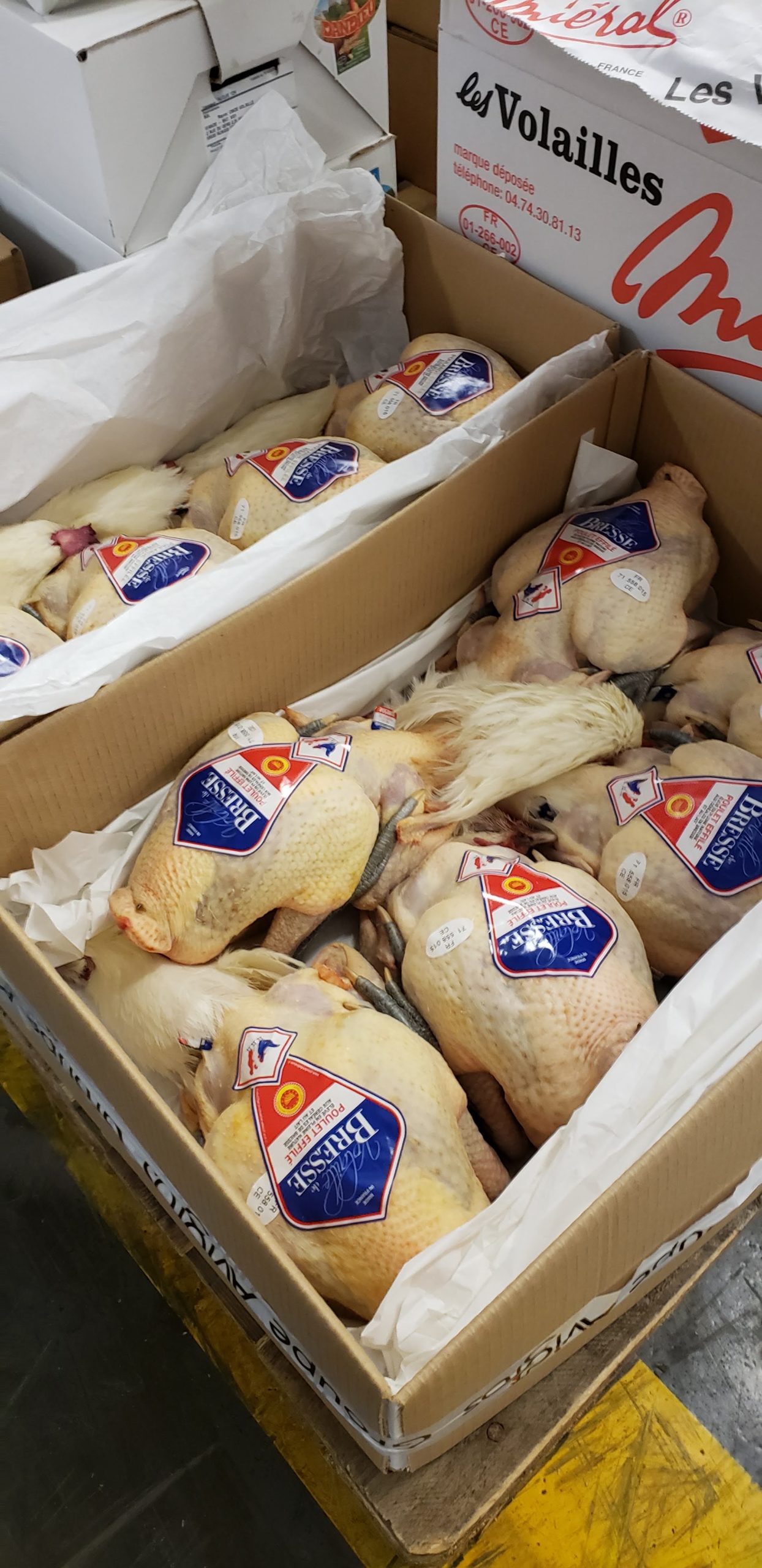As my French Cuisine training adventure continues, the Intermediate Cuisine Syllabus is all about the terroir. It’s about getting to know what comes from where, and in many cases though we don’t get to try out the finest presentation, what we experience is the rustic homey style of a stew or a casserole, or what French grandmothers would prepare for their little ones when they get pampered. And this was what Chef Caals had in store for us as a mid-term Demonstration class.
And so, the journey began. We went all the way to the region of Berry. Karine, one of the school administration managers came to talk to us about it since she is originally from this area located in the center of France and told us a bit about the place where she grew up and her grandmother’s cooking for Easter. She said today’s menu reminded her of that. But I won’t spoil it, I remember she said, for Chef Caals will prepare it marvelously and I shall be back in a few hours to taste his delicacies. She left and we were ready to begin.
It turns out Berry is a region that was originally a Province of France and which disappeared during the French Revolution. It now hosts three Départements: Cher, Indre, and Vienne. But back to the cooking. Now, I want to assume that almost anyone who is familiar with traditional French cuisine knows what Coq au Vin is, or at least knows that it exists. Well, I thought THAT was what we were cooking, unless it wasn’t. It’s called Coq en Barbouille. It turns out they are similar, but the latter requires the sauce to be thickened with blood. And of course I am not scared of it, however, I am not fond of it either. In my natal Mexico people like eating blood sausages known as moronga, but it has never appealed to me either. So, I was not very eager to try it.
Barbouille, after a bit of investigation here and there I found has to do with “bad paintings”, so it translates to slang and someone who is lazy for he “paints on Sunday”, my source said -not Wikipédia. So, it seems it’s all about a lazy rooster whose hens are no longer producing eggs and it is destined to become “stew” since it is no longer useful otherwise. Sad, isn’t it? Now, the blood originally would come from the same rooster, but now it doesn’t -except in the farm, said Karine. Now we use pig’s blood. It’s just easier -and legal, to get ones hands’ on it.
In the end, it turned out that if we didn’t want to thicken with the blood we would be allowed to use something else like corn starch. I decided to take this road. A little voice in my head told me that pig’s blood wasn’t the healthiest choice… And I know it would have only been a droplet or two, but I think I was not ready to incorporate such an ingredient to my preparation. Who knows? Maybe I’ll try it more courageously in the near future. In the meantime, this is what I served at school as well as at home, and everyone seemed satisfied with it.
Oh, and Karine loved the one the chef prepared. I tried the version without blood and have to say it was not bad either.

